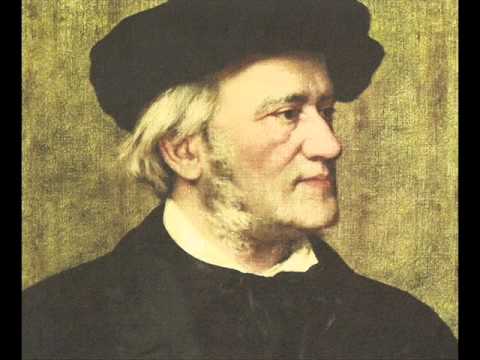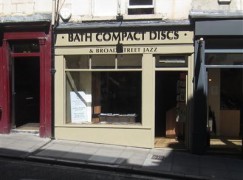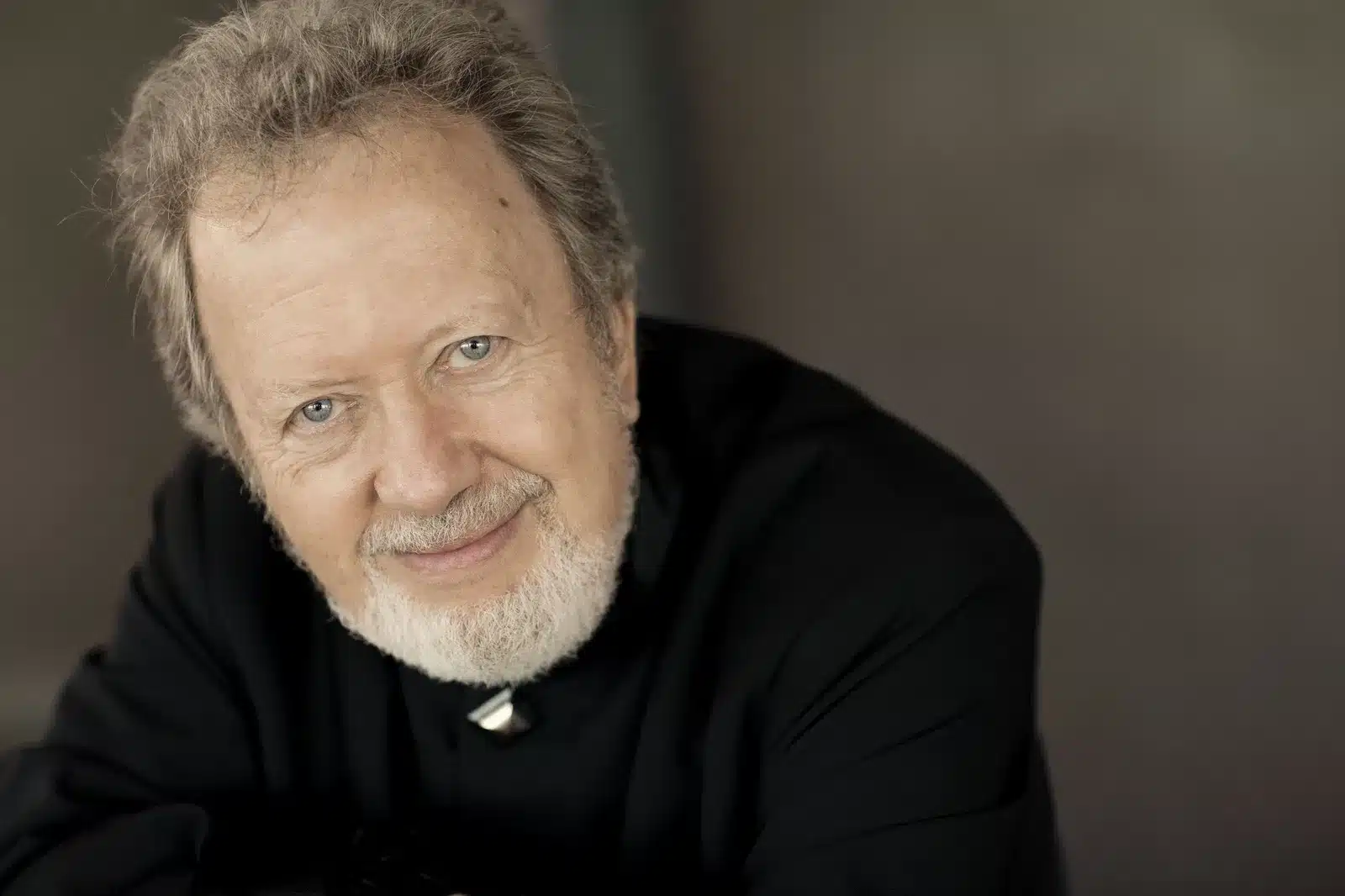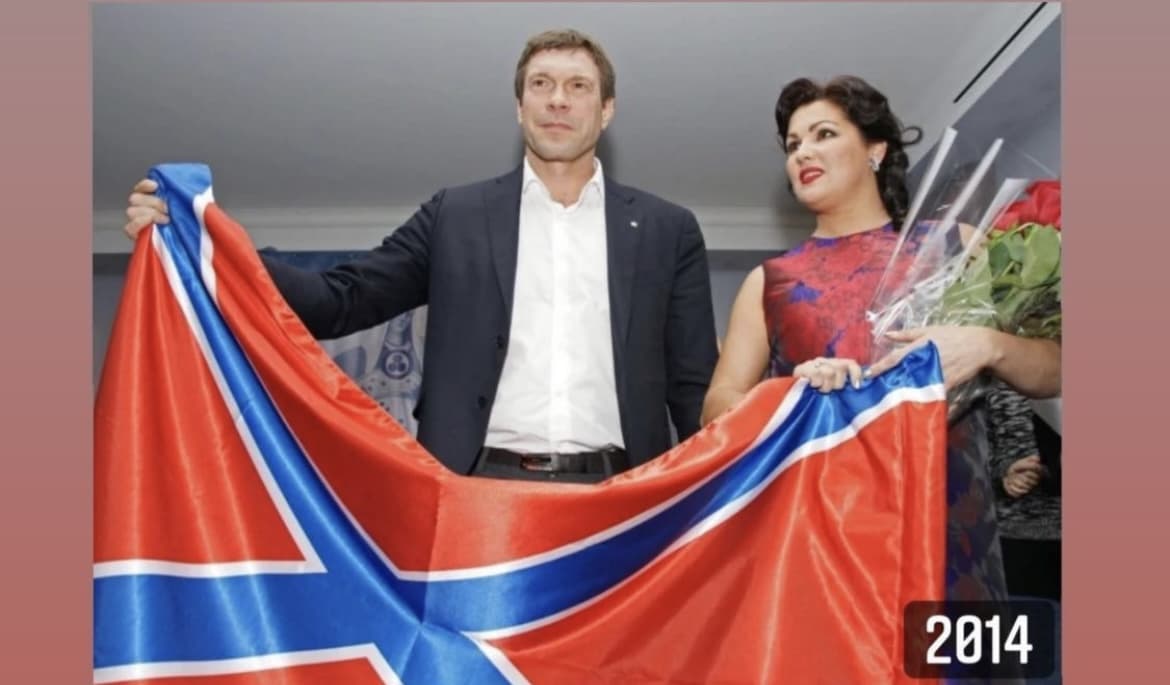Why did Wagner never write his Mr Smith opera?
mainA lost manuscript from next month’s Sotheby’s sale catalogue:
WAGNER, RICHARD
Autograph manuscript prose draft for the three-act
opera “Wieland der Schmied” [WWV 82], signed and
dated (“Richard Wagner”), 1850
here titled “Wiland der Schmied. Heldenoper in drei akten”,
with cast list (“Personen: Wiland der schmied, Eigel der schütz,
Helferich der arzt, Schwanhilde, Neiding, König der Nianen.
Gram sein Marschal, Batlinder, Neiding’s tochter…”) and the
prose text divided into scenes and acts, closely written in dark
brown ink on forty lines per page, signed and dated at the end:
“Richard Wagner/ (Paris, 11 märz 1850) (Zürich, 8 October
1850)”,
23 pages, 4to (c.25 x 20cm), on 6 bifolia, fine watermarked
paper (“J Whatman 1850”), top-centre paginations, horizontal
centre fold, unbound, modern archival folder,
THIS IS WAGNER’S DETAILED SCENARIO FOR AN OPERA
DESIGNED TO ENSHRINE HIS REVOLUTIONARY “MUSIC OF
THE FUTURE”. More than a mere synopsis, such manuscripts
constitute draft librettos in prose form, describing the action
and including a considerable amount of dialogue. Wagner
made such prose drafts for all four operas of Der Ring des
Nibelungen.
Wagner first envisaged Wieland der Schmied as an opera
for Paris, given that German opera houses were closed to
him, because of his political activism. Enthused by Berlioz’s
Symphonie Roméo et Juliette, and his own evolving theories
of music and drama, he at first hoped that Berlioz would
collaborate on this project. He offered the scenario both to
Berlioz and to Liszt, but to no avail. Wagner seems to have
sent the present manuscript to Carolyne zu Sayn-Wittgenstein,
as explained in his letter to her, also dated 8 October 1850
(Sämtliche Briefe, iii, no.116), which Liszt acknowledged on 18
October.
Several themes in the scenario are rather familiar to us from
Wagner’s later music dramas, not least The Ring, including
Princess Swanhilde, who is wounded by a spear, falls to earth
and is rescued by the master-craftsman and blacksmith Wi[e]
land. She puts aside her wings and her magic ring of power.
Wi[e]land’s enemies are called the Niedings, who steal the ring,
kidnap Swanhilde and destroy his home. Wagner later changed
Wiland’s name to “Wieland”, when he included the scenario in
his Gesammelte Schriften und Dichtungen in 1872.
This projected three-act heroic opera occupied Wagner from
late 1849, and is closely connected with the development of
his revolutionary theories on music and drama. He included
a précis of the subject as the appendix to his book Das
Kunstwerk der Zukunft, suggesting it as a model subject-
matter for his ideal music-drama of the future. Wagner
also decided to revolutionize his handwriting at this time,
dispensing with the gothic Kurrentschrift that Germans
had habitually used, and replacing it with Roman script.
Indicative of Wagner’s internationalist aspirations, even nouns
are no longer capitalized, except for proper names, albeit inconsistently.






Comments